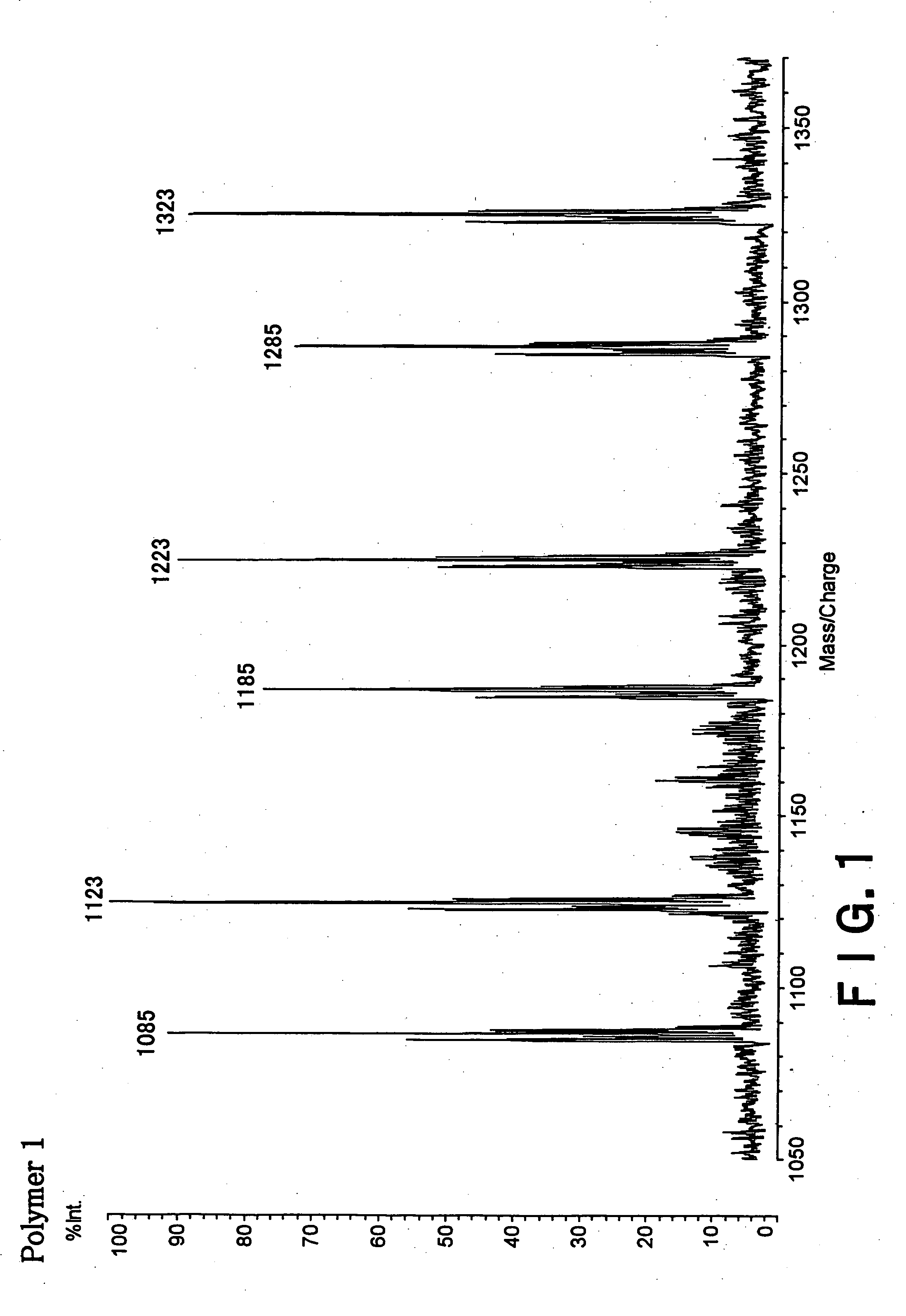Oil-based ink composition for inkjet recording
a technology of oil-based ink and inkjet printing, which is applied in the direction of inks, film/foil adhesives, coatings, etc., can solve the problems of water-based inks not being suitable for printing on record media, water-based inks not being suitable for printing on record medium, and process using ink including such organic solvents involving problems such as easy clogging of nozzles
- Summary
- Abstract
- Description
- Claims
- Application Information
AI Technical Summary
Benefits of technology
Problems solved by technology
Method used
Image
Examples
example
[0070] Examples of the present invention will be described below in detail, but the scope of the present invention is not limited by the examples.
[0071] The analysis was performed on the samples obtained by using hexane to purify only a resin from a resin solution.
[0072] Gel permeation chromatography (GPC) using polystyrene as the reference was carried out to measure the molecular weight by “HLC-8220GPC”, produced by Tosoh Corporation.
Synthesis of Polymers
[0073] In the following, the analysis of prepared polymers 1 to 6 was performed on the samples obtained by using hexane to purify only a resin from a resin solution. The measurement of molecular weight was performed by GPS using polystyrene as the reference. The glass transition temperature (Tg) was measured by a differential scanning calorimeter “DSC-50”, produced by Shimadzu Corporation.
Synthesis of Polymer 1
[0074] Drops of the mixture of 200 g of methyl methacrylate and 3.6 g of t-butyl peroxy-2-ethylhexanoate were added...
example 1
[0089] A solvent of the following composition was used. [0090] Diethylene glycol diethyl ether [0091] 41.5 part by weight [0092] Tetraethylene glycol dimethyl ether [0093] 25.0 part by weight [0094]γ-butyrolactone 25.0 part by weight
[0095] 3.0 part by weight of the colorant and 1.5 part by weight of the dispersant were added to a part of the solvent of the above composition, which was then agitated for one hour at 3000 rpm by use of a dissolver, which was then preliminarily dispersed by a bead mill filled with zirconia beads (2 mm). The average particle diameter of the obtained pigment particles was 5 μm or less.
[0096] After that, the regular dispersion was performed by a nanomill filled with zirconia beads (0.3 mm) to obtain pigment dispersions. The average particle diameter of the pigment particles after the regular dispersion was 150 nμm. While the obtained pigment dispersion was agitated at 400 rpm, 4.0 part of weight of polymer 1 serving as a binder resin and the remainder of...
example 2
[0097] An ink composition V2 for inkjet recording of the present invention (viscosity: 4.2 mPa·s (20° C.)) was prepared by use of polymer 2 instead of polymer 1 in Example 1 and by the same method as that in Example 1.
PUM
| Property | Measurement | Unit |
|---|---|---|
| glass transition temperature | aaaaa | aaaaa |
| surface tension | aaaaa | aaaaa |
| viscosity | aaaaa | aaaaa |
Abstract
Description
Claims
Application Information
 Login to View More
Login to View More - R&D
- Intellectual Property
- Life Sciences
- Materials
- Tech Scout
- Unparalleled Data Quality
- Higher Quality Content
- 60% Fewer Hallucinations
Browse by: Latest US Patents, China's latest patents, Technical Efficacy Thesaurus, Application Domain, Technology Topic, Popular Technical Reports.
© 2025 PatSnap. All rights reserved.Legal|Privacy policy|Modern Slavery Act Transparency Statement|Sitemap|About US| Contact US: help@patsnap.com

